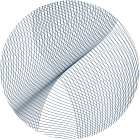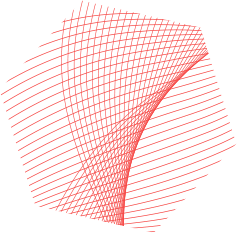Upon Acceptance
Print section
You will be notified of acceptance or rejection end of April 2018.
If your Groovy Graphics Assignment is accepted, you must prepare and submit a revised abstract (two-four pages). This abstract must be submitted by 9 May 2018. Please prepare your abstract using these templates and instructions. For your reference, here is a well-formatted example. If we do not receive your revised abstract by 9 May 2018, you will not be allowed to present at SIGGRAPH 2018.
After we receive your revised abstract, we will provide complete information on your 20-minute talk presentation: time, location. We will also provide information on how to submit final versions of your accepted assignment and the deadlines for final updates.
You must also attend and present your work at SIGGRAPH 2018 in Vancouver, Canada. If you are unable to present, your talk will be canceled and your Groovy Graphics Assignment will not be included in the archive.
After acceptance, the submission portal will allow you to update basic information about your work and upload any final materials for inclusion in the conference program and CGEMS website. This information needs to be finalized two weeks after acceptance. Final versions of accepted work must be submitted before required deadlines (normally one week after acceptance notification). You will receive information on how to submit final versions of your accepted work and the deadlines for final updates.
The time and location of your talk will be posted on the SIGGRAPH 2018 website well in advance of the conference. As SIGGRAPH 2018 approaches, the session chair for your session will contact you with further logistical details.
Registration and travel costs to attend SIGGRAPH 2018 are at your own expense; however, each accepted Groovy Graphics Assignment receives recognition as specified in the SIGGRAPH 2018 Recognition Policy.
Additional supplementary material will be submitted suitable for archiving on the CGEMS Groovy Graphics Assignments archive website. This supplementary material will vary from assignment to assignment but will typically include handouts, documentation, starter code, data files, assets and example solutions.

